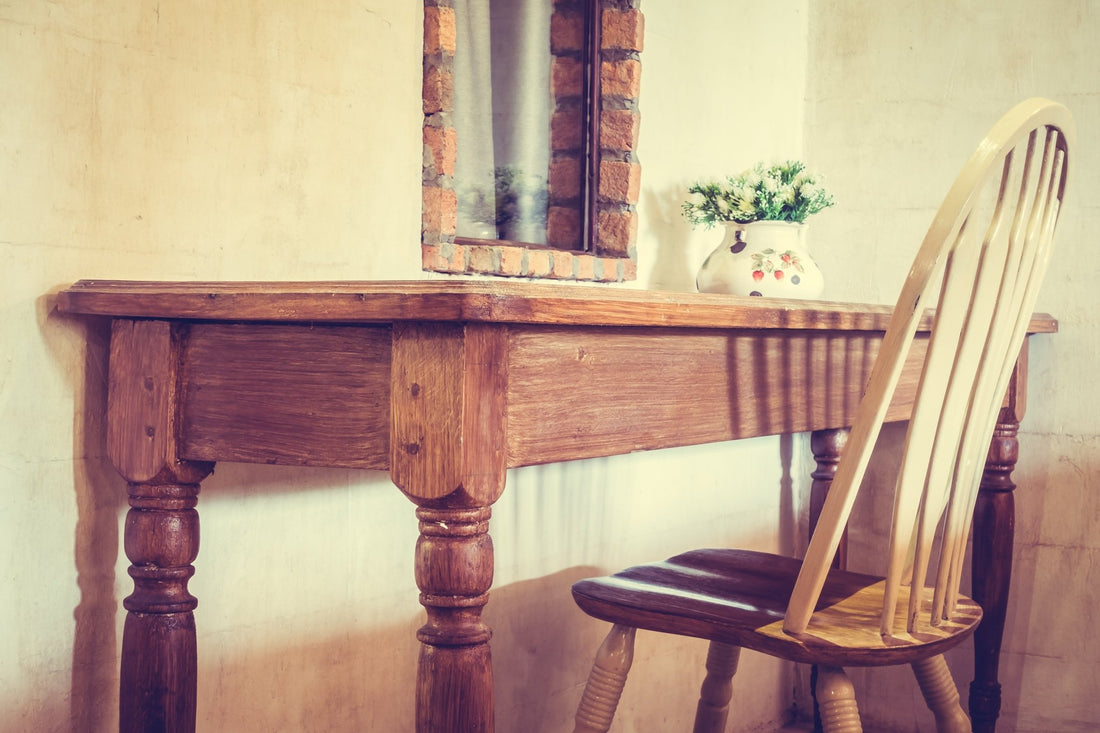
Does Cedar Wood Repel Insects? Nature's Perfect Pest Deterrent
Share
Cedar wood has earned its legendary reputation as nature's insect repellent for good reason. As a woodworking specialist who has crafted everything from cedar closets to outdoor furniture, I can confirm that cedar's pest-repelling properties aren't just folklore, they're backed by science and centuries of practical experience. Let's explore how cedar naturally keeps insects at bay and how you can harness this remarkable property in your home and outdoor spaces.
The Science Behind Cedar's Insect-Repelling Power
Cedar's insect-repelling magic lies in its unique chemical composition. The heartwood of cedar trees contains natural oils rich in compounds called sesquiterpenes, particularly thujone and other essential oils. These compounds serve as the tree's built-in defense mechanism against pests and fungi in nature and continue working long after the tree has been harvested and transformed into your rustic benches for bedroom closets.
These natural compounds work in multiple ways to deter insects:
- Potent aroma: The volatile oils create an aroma that's pleasant to humans but overwhelming and disorienting to many insects. This scent effectively masks the pheromones and body odors that insects use to navigate, mate, and locate food sources.
- Contact toxicity: For many smaller insects, direct contact with cedar oils can disrupt their respiratory systems and nervous functions. Moths, carpet beetles, and termites find these compounds particularly toxic.
- Repellent effect: Even when not lethal, many insects instinctively avoid areas with high concentrations of cedar oils, making it an effective boundary that pests prefer not to cross.
Insects Cedar Naturally Repels
Cedar has proven particularly effective against several household and outdoor pests:
Moths and their larvae: Cedar's effectiveness against clothing moths has made it the traditional material for hope chests and closet linings for generations. The volatile oils disrupt the life cycle of moths, particularly in the larval stage when they cause the most damage to fabrics.
Carpet beetles: Similar to moths, these fabric-destroying pests avoid cedar-protected spaces, making cedar storage chests ideal for protecting heirloom textiles and woolens.
Cockroaches: These resilient pests typically avoid cedar-rich environments when alternative pathways exist.
Termites and carpenter ants: While no wood is completely termite-proof, cedar's natural oils make it significantly more resistant than many other woods. Termites and wood-boring insects find cedar's compounds toxic and tend to seek easier meals elsewhere.
Mosquitoes and flies: Cedar mulch and cedar furniture on your patio can help reduce flying insect activity in outdoor living spaces, though the effect is more about creating a less hospitable zone rather than complete elimination.
Different Cedar Species, Different Levels of Protection
Not all cedar varieties offer identical levels of insect protection:
Eastern Red Cedar (Juniperus virginiana) contains the highest concentration of thujone and related oils, making it the premier choice for moth-proofing closets and chests. Its rich reddish heartwood provides superior protection against fabric pests.
Western Red Cedar (Thuja plicata) offers excellent resistance to termites and wood-boring insects, making it ideal for outdoor furniture and structures where these pests pose threats. Its beautiful reddish-brown tones add aesthetic appeal while providing natural protection.
White Cedar varieties (including Northern White Cedar/Thuja occidentalis) offer moderate insect-repelling properties combined with outstanding outdoor durability, making them perfect for picnic tables and wooden swings where both pest resistance and weatherproofing matter.
Spanish Cedar (Cedrela odorata), despite not being a true cedar, contains similar aromatic compounds that repel insects, making it the traditional choice for cigar humidors and drawer linings.
Maximizing Cedar's Insect-Repelling Properties
To harness cedar's natural pest protection most effectively:
Understand the heartwood advantage: Cedar's protective oils concentrate in the heartwood (the darker inner portion of the tree), not the lighter sapwood. Furniture and structures with higher heartwood content provide superior insect protection.
Maximize aromatic exposure: For closets and storage, leave cedar surfaces unfinished or use only penetrating oils that allow the wood to "breathe" and release its protective aromas.
Refresh when needed: Over time, cedar's surface oils can crystallize or evaporate. Lightly sand cedar closet linings or chests with fine sandpaper every 1-2 years to expose fresh oils and rejuvenate the insect-repelling properties.
Consider cedar mulch barriers: Around foundation plantings, cedar mulch creates a protective zone that many crawling insects prefer to avoid, providing an additional barrier against pests entering your home.
Pair with proper maintenance: Cedar rustic benches and outdoor furniture resist insects naturally, but maintaining proper drainage and avoiding soil contact further enhances this natural protection.
Limitations of Cedar's Insect Repellent Properties
While cedar offers impressive natural protection, it's important to understand its limitations:
Effectiveness diminishes over time: The volatile oils that repel insects gradually evaporate. Cedar remains effective longer in enclosed spaces (like chests and closets) than in open-air applications.
Varies by insect species: Cedar works exceptionally well against moths and carpet beetles but provides more modest protection against more resistant pests like cockroaches.
Not a complete barrier: Cedar reduces insect activity but doesn't create an impenetrable force field. For severe infestations, cedar works best as part of an integrated pest management approach.
Finished cedar has reduced effects: Heavy varnishes and polyurethane finishes can seal in cedar's oils, reducing their ability to repel insects. Oil-based finishes that penetrate rather than coat the surface better maintain cedar's protective properties.
Cedar in Modern Pest Control Strategies
Today's environmentally conscious homeowners increasingly turn to cedar as part of natural pest management strategies:
Chemical-free alternative: Cedar provides a non-toxic alternative to chemical pesticides, especially important in food preparation areas and children's spaces.
Complementary approach: Cedar elements work alongside other natural deterrents like diatomaceous earth and essential oils in holistic pest management systems.
Preventative measure: Cedar closets, chests, and furniture act as ongoing preventative measures, reducing the likelihood of infestations before they begin.
Conclusion: Cedar's Time-Tested Protection
Cedar's ability to naturally repel many common household and garden pests makes it an exceptional choice for both indoor and outdoor applications. From closet systems to outdoor furniture, cedar combines beautiful aesthetics with functional pest protection that chemical treatments simply cannot match.
By understanding how cedar's natural properties work against insects and how to maximize these effects, you can harness this remarkable wood's protective qualities throughout your home and garden. In an era increasingly focused on reducing chemical use in our living environments, cedar stands as nature's time-tested solution to keeping our spaces beautifully pest-free.
